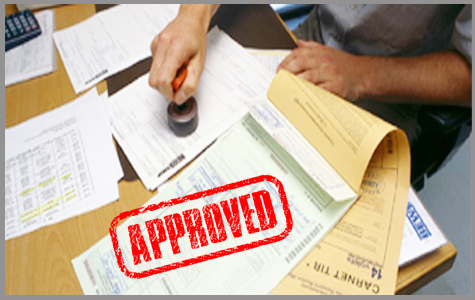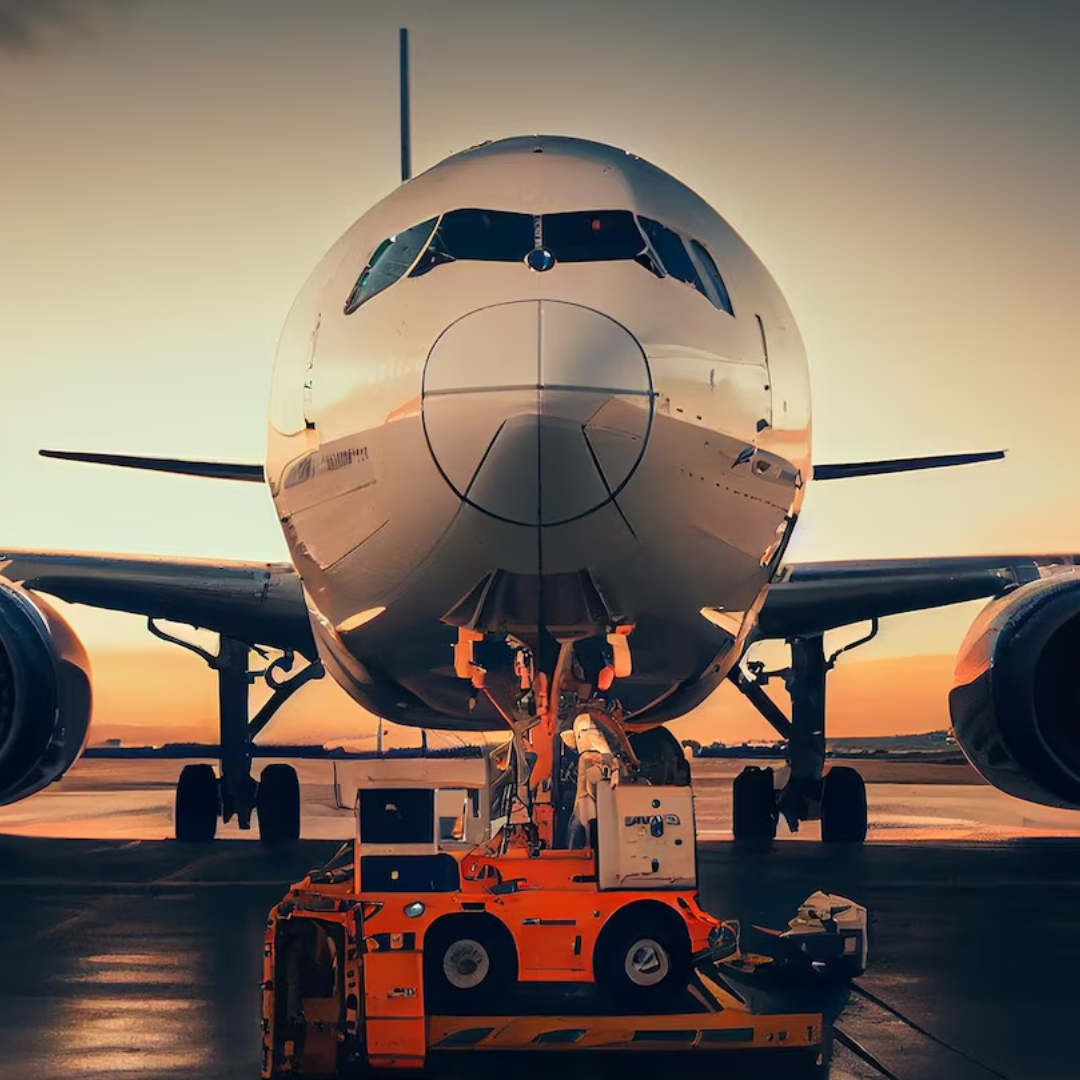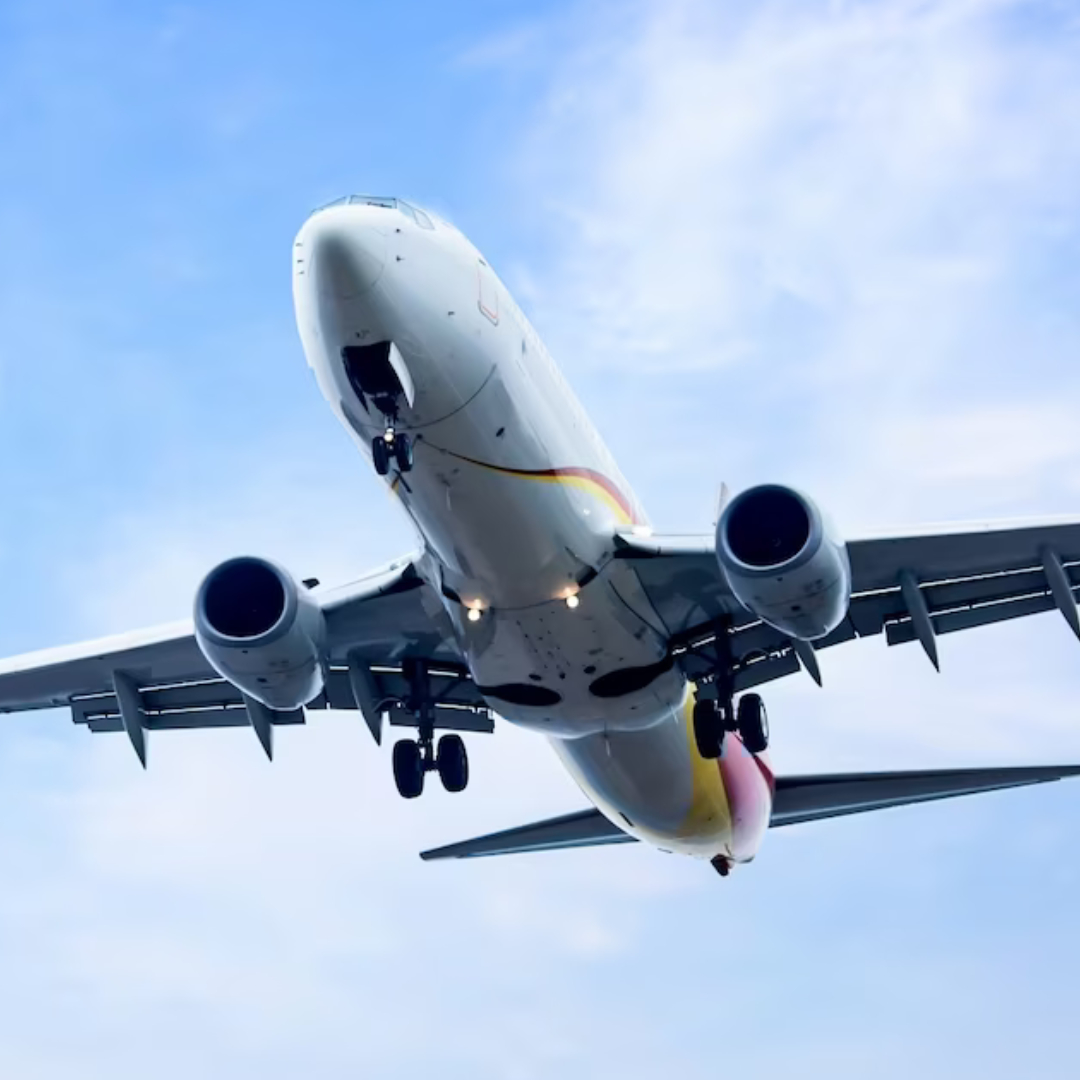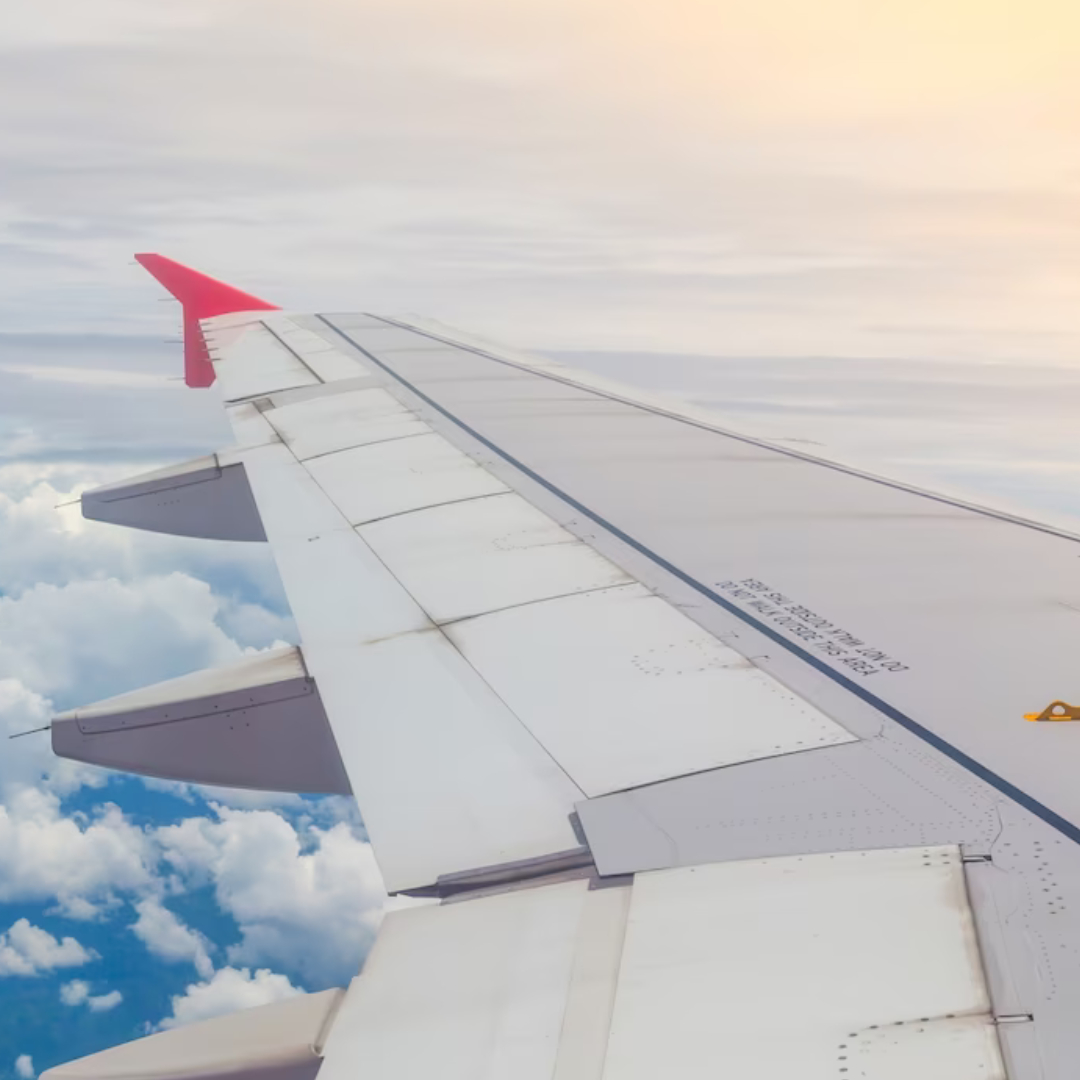Manchester Air Freight Customs Clearance
Air freight customs clearance plays a vital role in facilitating international trade and ensuring the smooth >movement of goods across borders. As the global economy continues to grow and businesses expand their operations globally, efficient customs clearance procedures are essential to minimize delays, enhance supply chain efficiency, and maintain trade compliance. This article explores the key aspects of air freight customs clearance, including its significance, processes involved, challenges faced, and the importance of leveraging technology to streamline this crucial aspect of global logistics.
Air freight customs clearance is a critical step in the import and export process. It involves the necessary documentation, inspections, and payments required to comply with customs regulations and gain clearance for goods to enter or exit a country. Timely customs clearance is crucial for businesses to maintain their supply chains, meet customer demands, and avoid penalties or delays that can result in financial losses. It serves as a gateway to global trade, enabling efficient and secure movement of goods
Processes Involved in Air Freight Customs Clearance:
-
Documentation and Data Management:
- Shippers must provide accurate and complete documentation, including commercial invoices, packing lists, bills of lading, and customs declarations. This documentation provides crucial information about the nature, value, and origin of the goods.
- Electronic data interchange (EDI) systems and advanced data management technologies have streamlined the documentation process, allowing for faster and more efficient customs clearance.
-
Customs Declarations and Compliance:
- Customs declarations include information about the goods being imported or exported, their classification, value, and origin.
- Customs authorities use this information to assess duties, taxes, and fees, as well as to ensure compliance with trade regulations and security requirements.
-
Inspection and Examination:
- Customs authorities may conduct physical inspections or utilize non-intrusive inspection technologies such as X-rays and scanners to verify the contents of shipments.
- Inspections are carried out to prevent smuggling, protect public health and safety, and ensure compliance with regulations related to prohibited or restricted goods.
-
Tariff Determination and Duty Assessment:
- Customs authorities assess the applicable tariffs, duties, and taxes based on the classification, value, and origin of the goods.
- Proper tariff determination and duty assessment are crucial for accurate cost calculations and compliance with trade regulations.
- Air Freight Customs Clearance
- Air Freight Customs Clearance
- Air Freight Customs Clearance
Air freight customs clearance is a vital component of global trade and logistics. Efficient and streamlined customs clearance processes are essential for businesses to remain competitive in today's global marketplace. By embracing technology, leveraging automated systems, and enhancing collaboration between customs authorities and logistics providers, it is possible to overcome challenges and create a more efficient, secure, and seamless air freight customs clearance ecosystem. Continuous innovation and adaptation to evolving trade regulations will be critical in ensuring the facilitation of international trade while maintaining the highest standards of compliance and security.
DOCUMENT REQUIREMENTS
- Certificate of Origin
- Bill of Lading
- Packing List
- Commercial Invoice
- Customs Clearance






